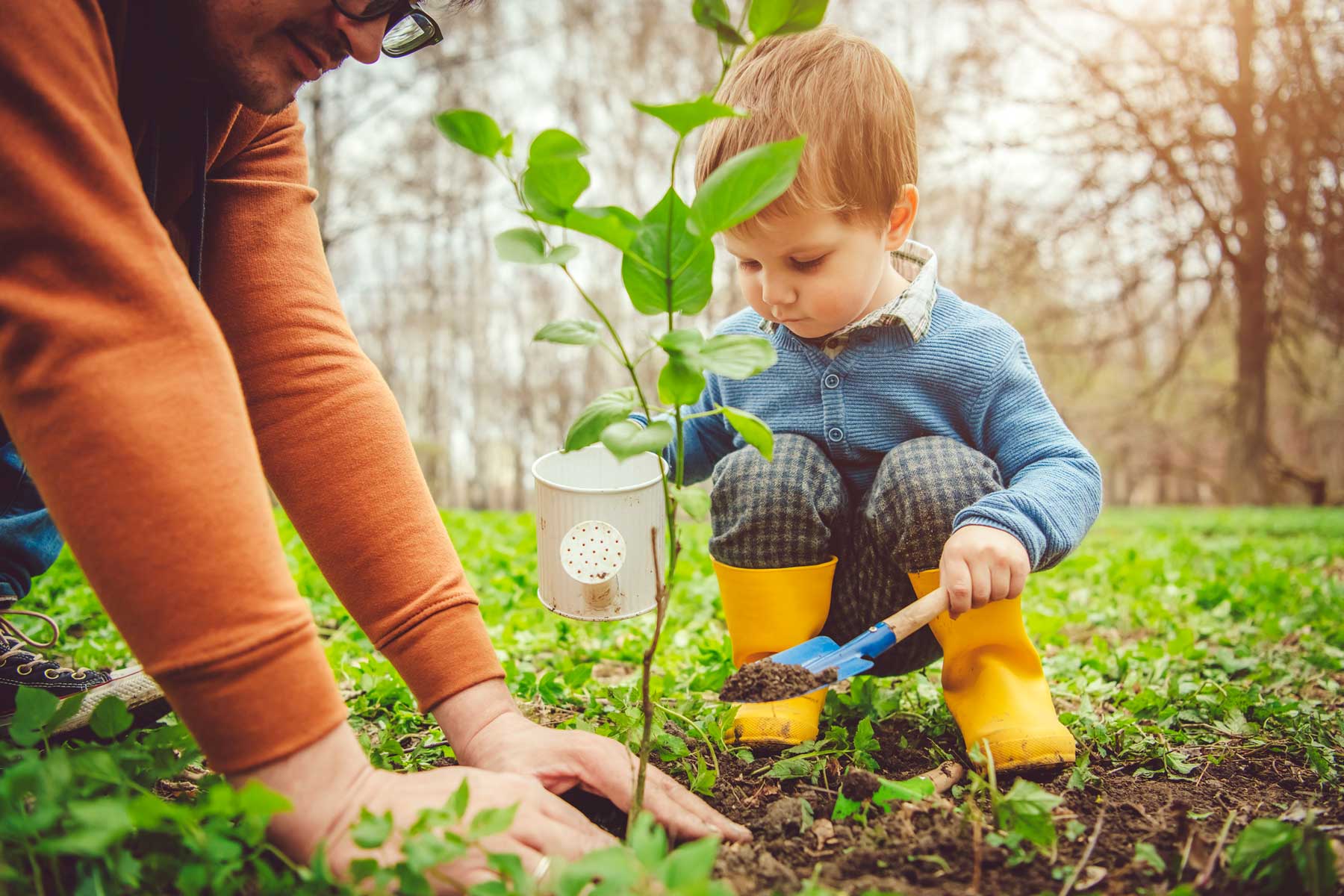Prediction Jar
In this lesson, children will examine the characteristics of different objects and make predictions about what object is in a large jar.
Content Area:
Curiosity and Wonder
Learning Goals:
This lesson will help toddlers and preschoolers meet the following educational standards:
- Develop beginning skills in the use of science and engineering practices, such as observing, asking questions, solving problems and drawing conclusions
Learning Targets:
After this lesson, toddlers and preschoolers should be more proficient at:
- Making meaning from experience and information by describing, talking and thinking about what happened during an investigation
- Generating explanations and communicating ideas and/or conclusions about their investigations
- Developing and using models to represent their ideas, observations and explanations through approaches such as drawing, building or modeling with clay

Prediction Jar
Lesson plan for toddlers/preschoolers
Step 1: Gather materials.
- A solid-colored jar or clear jar covered with paper
- Various objects from the classroom (that will fit in the jar)
- Chart Paper
Note: Small parts pose a choking hazard and are not appropriate for children age five or under. Be sure to choose lesson materials that meet safety requirements.
Step 2: Introduce activity.
- During group time, introduce the prediction jar. Explain that we will put items in the jar and then guess what is inside the jar by feeling an item, but not being able to see the object.
- Invite the children to find items within the classroom that will fit inside of the jar.
- Have the children check to see if their items will fit inside of the jar.
- Create a collection of at least 10 items that will fit inside of the jar.
Step 3: Engage children in lesson activities.
- Place an item from the collection inside of the jar where children cannot see.
- During a small-group time, invite 3-4 children to feel the item inside of the jar without looking.
- Ask them what the item feels like and and then ask them to guess what items could possibly be inside of the jar.
- Invite the children to predict what might be inside of the jar by drawing their predictions as representations of their ideas on paper.
- Ask questions about what the texture, size and shape of the item feels like.
- Ask the children what they think the item might look like and then write down their ideas on chart paper.
- After all of the children have drawn their predictions, ask a child to reveal the item.
- Discuss with the children which predictions were correct and whether their drawings look like the item.
- Repeat the activity if the children are engaged and interested in continuing.
Step 4: Vocabulary.
- Prediction—A guess or a statement about what you think will happen next
- Representation—To visually display an idea through drawing, painting, constructing or modeling
- Texture—How an object feels (smooth, rough, wet, dry, etc.)
Step 5: Adapt lesson for toddlers or preschoolers.
Adapt Lesson for Toddlers
Toddlers may:
- Be developing fine-motor skills for drawing
Child care providers may:
- Omit drawing predictions and use verbal predictions
Adapt Lesson for Preschoolers
Preschoolers may:
- Be able to use an expanding vocabulary to describe objects
- Make comparisons between more than one item
Child care providers may:
- Prompt children to feel items more than once to describe different attributes of the item
- Place more than one item in the jar to have children compare the similarities and differences between the objects
Suggested Books
- The Doorbell Rang by Pat Hutchins
- That’s a Possibility!: A Book About What Might Happen by Bruce Goldstone
- If You Give a Mouse a Cookie by Laura Joffe Numeroff
Music and Movement
- Follow the Leader—make predictions about what the leader will do next
Outdoor Connections
- Have the children collect nature items outside to place in the prediction jar
Comment on this lesson